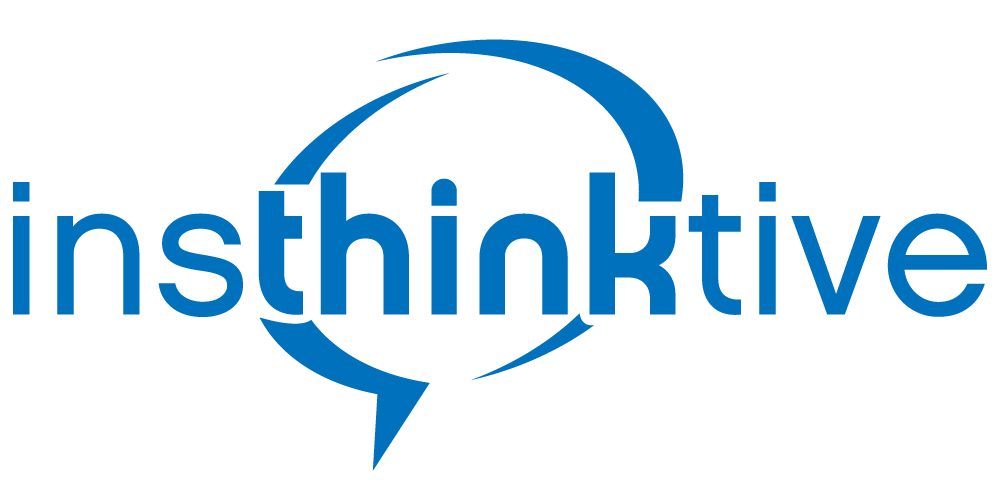Handling Objections In Sales. Think SCARF
There are hundreds of books for salespeople outlining clever tactics for handling objections in sales. But handling objections is not about having the right “tactics”. Those days are over. In consultative sales, you can’t rely on tactics.
Here is a different and compelling approach you can take to understanding how to handle objections better.
Handling Objections Using SCARF as your guide
The SCARF model was created by David Rock. He has simplified 5 areas of human social experience, namely
1) Status
2) Certainty
3) Autonomy
4) Relatedness
5) Fairness
These 5 areas have profound relevance to all sales communications, and in particular to the buyer/seller dynamic.
The 5 areas activate the primary reward or primary threat networks in your brain. Neuroscience proves that we are motivated away from pain and towards gain. However, our motivation away from pain is significantly higher than towards gain.
For example, a threat to your status would trigger the same areas of the brain associated with a threat to your life! Likewise, a perceived increase in fairness activates the reward systems in the brain related to a monetary award.
David Rock labels these responses and provides a simple model to remember them called SCARF. It enables you to make conscious, what up to now may be non-conscious.
When you understand the drivers that can trigger reward or pain responses in others, you can better deal with them.
In the sales process, for example, if you knew that limiting your buyer’s choices by only offering one option, can trigger a threat response. Wouldn’t you offer them more options?
Using SCARF, you can adjust your Value Proposition, to overcome these automatic responses.
Similarly, knowing how to stimulate the reward responses can improve engagement and build trust.
So, let’s run through each and see how you can apply them in your Sales Process. And use them to effectively deal with sales objections.
Status
Research on Status indicates that humans benchmark themselves against others in conversation. We size people up. We determine our relative importance in the social “pecking order”.
When your brain (or your buyers) thinks about status, it uses areas you usually use for processing numbers. When you feel you are superior to someone, your status improves. As your status improves, an area of your brain called the striatum releases dopamine. Increases in dopamine levels activate your reward systems, and you feel better. Winning has it’s mental rewards.
The flipside, when you (or your buyers) feel your status is reduced. It activates the brain circuitry associated with physical pain. You really do feel pain. And it will impact your behaviour. Buyers don’t want their status diminished in any way. Just like you.
Many of your day to day interactions with colleagues result in disagreements that are a result of a threat to status. Often the leadership “feedback” mechanisms result in one party feeling as though their status is being undermined. The perceptions may overcome the intentions.
In your buyer/seller interactions, questions may be a critical component of your Sales Process. However, you must always be mindful that you do not appear to be questioning the decision-making of your buyer. It could trigger a threat response.
Actions
Be mindful of how your prospect’s status may be affected by their decision-making. How can you avoid triggering the “threat to status” responses?
How will you adjust your Sales Process?
Certainty
Your brain is hardwired for predictability. It likes patterns. For example, when you walk, your brain is reusing existing patterns it knows and sending predictable information to the areas of your brain responsible for movement.
When you trip over a kerb, your brain faces a challenge it doesn’t like. It must direct more cognitive resources to the challenge. It must engage the Prefrontal Cortex (PFC) more, which is energy sapping. Predictable patterns offer certainty, and certainty is a calming influence on cognitive activities.
For example in meetings with buyers, just outlining how long your meeting will last as well as your stated objectives (or agenda) improves certainty. So, be clear and explain the process.
Uncertainty has the opposite effect. Change programmes, changing suppliers, changing strategic direction all trigger a level of uncertainty in customers and buyers.
You can help them regain clarity and certainty when decisions are mapped out and planned. When you take a complex project or plan and break it down into simple steps, you improve certainty.
Actions
In what ways can you reduce uncertainty for buyers?
In what ways can you improve clarity and certainty for buyers?
How will you adjust your Sales Process?
Autonomy
An increase in your sense of autonomy has a very positive effect on how you feel. A lack of autonomy and a feeling of not being free to make choices aggravates the threat response in your brain.
In other words, your amygdala kicks in with its fight flight or freeze impacts.
From a buyer’s perspective, a lack of autonomy can have an impact on their decision-making and how they feel. If you can offer choices and if you can engage them in the decision-making process you can help them make decisions. Your positive actions will in turn speed up the process.
Actions
In what ways can you increase a sense of autonomy for buyers?
How will you adjust your Sales Process?
Relatedness
Human beings are hardwired to feel relatedness and to crave belonging. We like to belong to a group, and we want to engage and have friendships. When we are more engaged and have trust, the brain produces oxytocin which is known as the love drug or hug drug.
If you focus on providing amazing SCX (Sales Customer Experience). If you ensure that your engagements are positive and friendly. You are easy to deal with. You improve relatedness. It, in turn, transforms engagement.
Actions
In what ways can you improve relatedness with your buyers?
How will you adjust your Sales Process?
Fairness
The reward part of our brain is activated more when we feel a sense of fairness. Experiments have shown that we feel a greater sense of reward having received €0.50 out of €1.00 than €10 out of €50. It is down to our perceptions of fairness. In this simple example, it equates to you receiving 50% of the total as opposed to 10% of the total.
A sense of unfairness triggers the threat responses in your brain. You can mitigate the perceived threat of unfairness through better communication, increased involvement and transparency in your dealings with buyers.
Put simply, by focusing on win-win everyone will feel a sense of fairness and a sense of reward.
Actions
In what ways can you increase perceived Fairness for buyers?
How will you adjust your Sales Process?
Key Takeaways
Handling objections in sales is NOT a tactical wargame. View it as an integral part of your Sales Process, which requires you focus on the H2H (Human to Human) aspects of human behaviour. When you understand the 5 primary areas of social experience using SCARF. You will understand human behaviour, buyer behaviour and your behaviour better.
It will result in a more authentic way to remove potential objections in sales.
Regards Ronan
Ronan is the “Sales Infrastructure Guy”.
Helping high growth tech companies build world-class sales systems and processes that scale.
Call me on +353(86) 7732201
Ronan Kilroy | Insthinktive Sales Leadership Ltd. | Blanchardstown, | Dublin 15, | Office 01 8220523
More Sales, More Consistently, In Less Time



